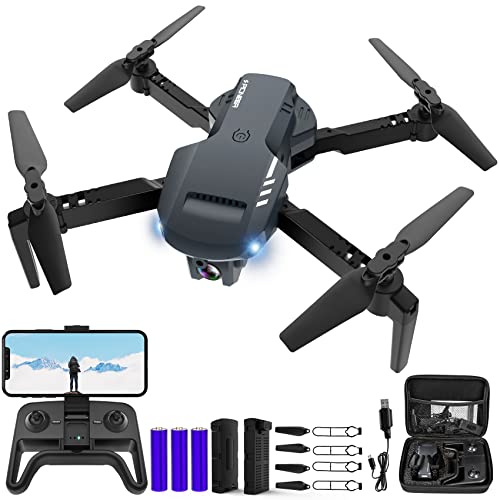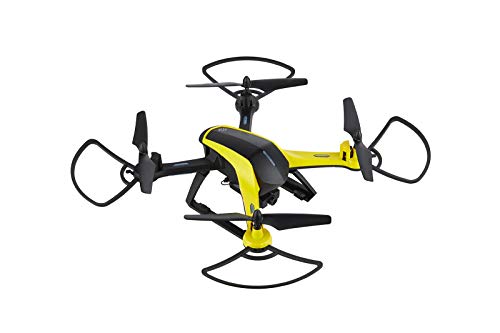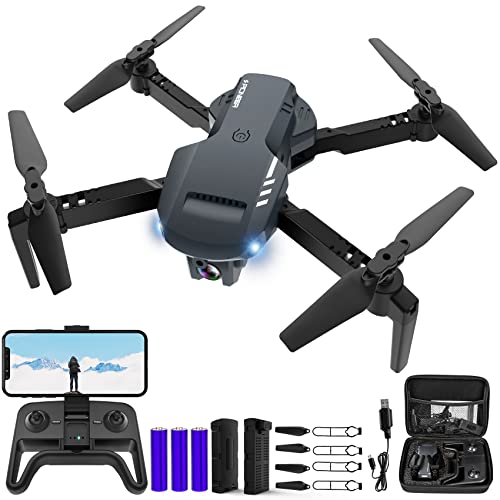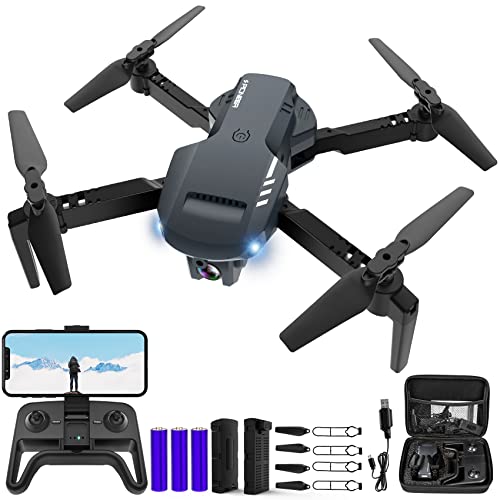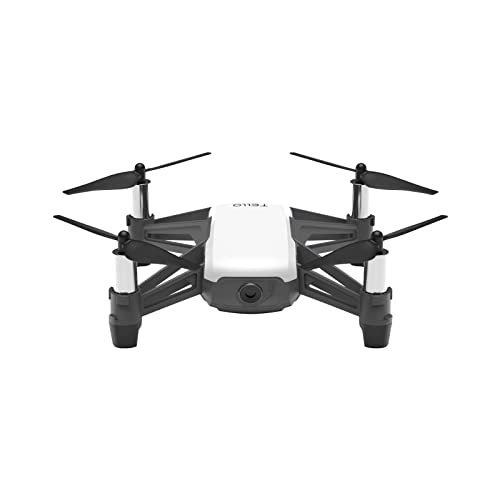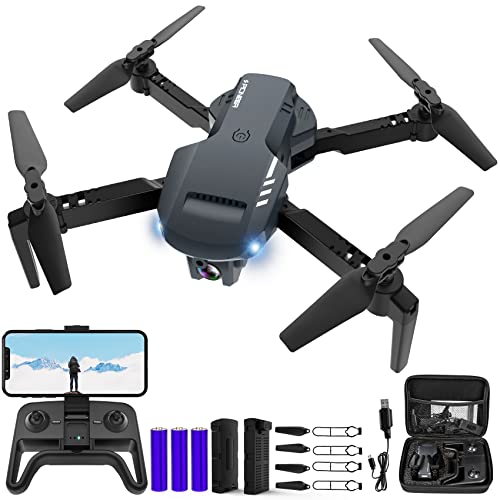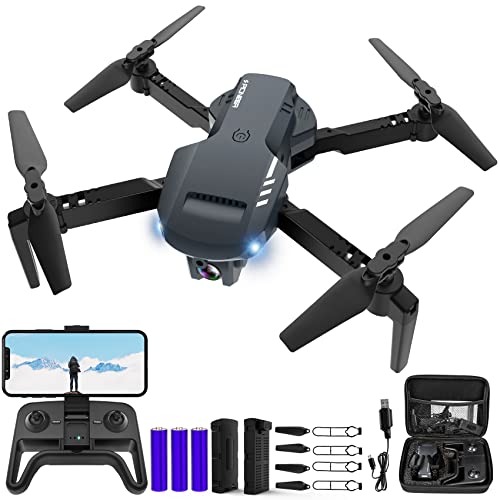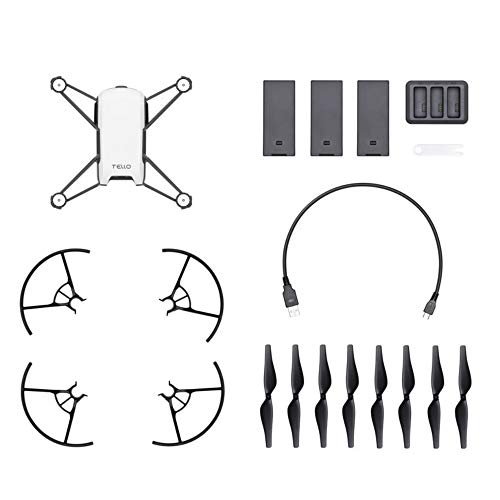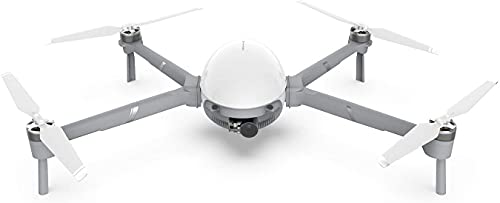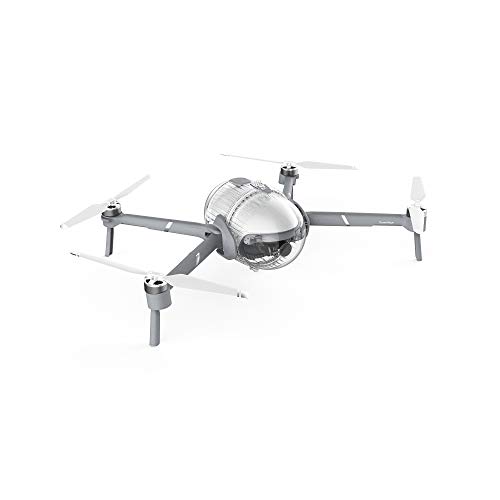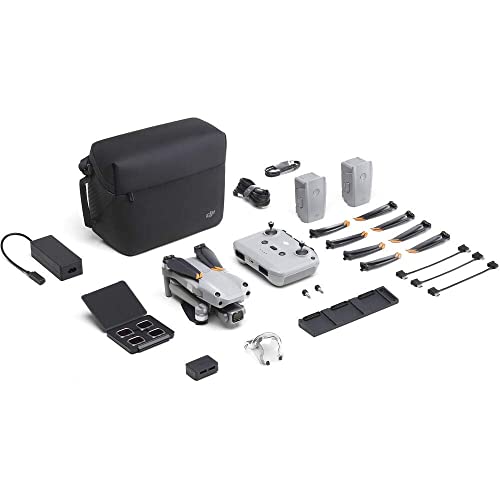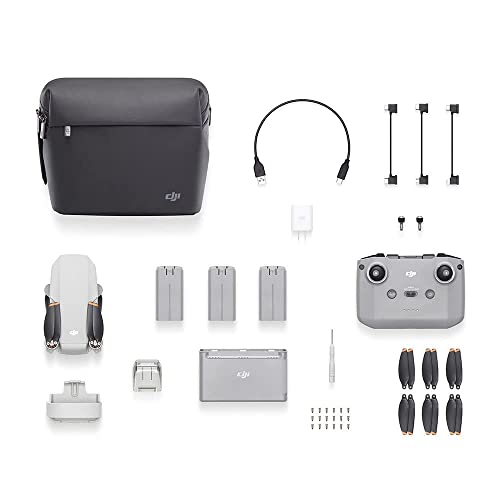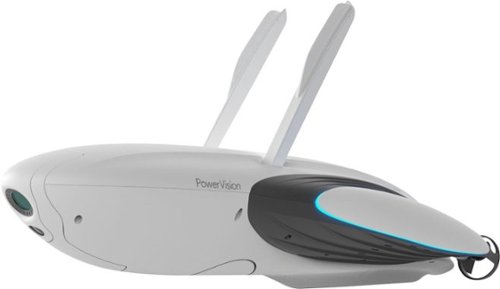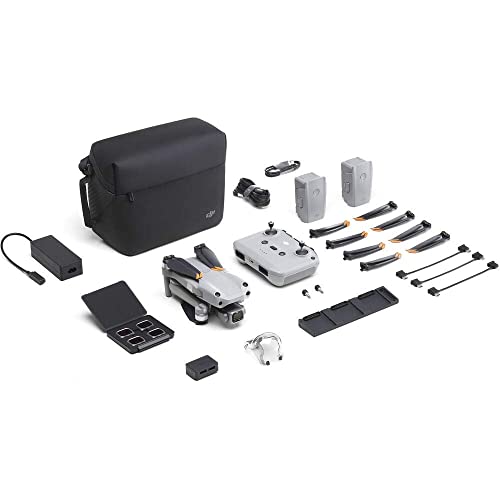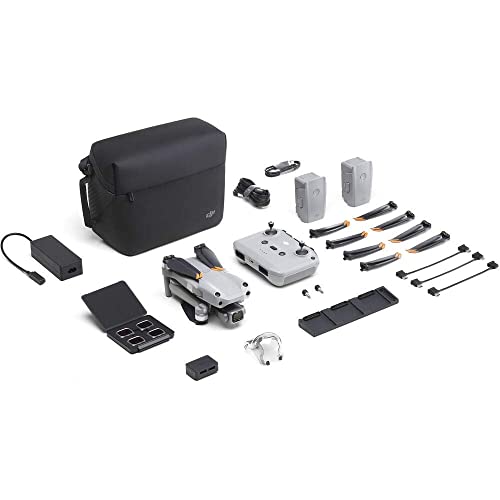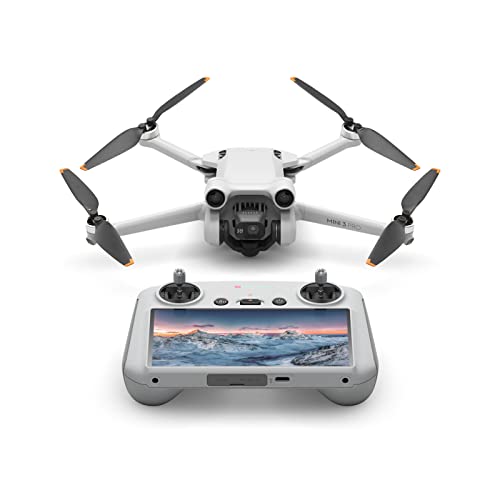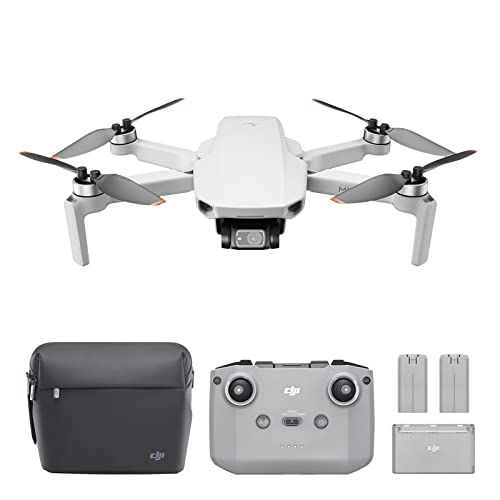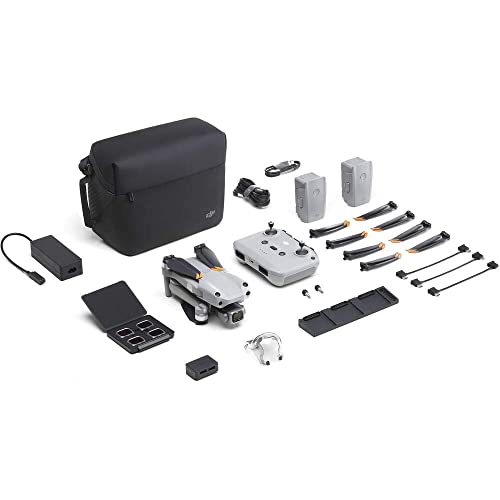If you are new to the world of unmanned aerial vehicles, you may wonder about a drone ND filter guide. Some of the best drones, after all, include these filters so it behooves folks to learn about them. So what are ND filters, how do they work, and what do they do for average drone fliers? Keep reading to find out.
KEY TAKEAWAYS:
- ND filters integrate with a drone’s camera to assist with a variety of photographic tasks.
- These polarizing filters come in three unique designs, each filtering out a specific amount of light resulting in a slower shutter speed and color saturation.
- ND filters are useful when taking long-exposure shots with light trails during bright conditions and with creating some motion blur.
What are ND Filters for Drones?
Neutral-density filters, or ND filters, are accessories to assist in photographic tasks while flying your drone. These filters won’t allow you to learn how to get a drone out of a tree, but they will regulate the amount of light that enters the camera’s lens while flying. The end result? More impressive photographs and videos across a number of metrics, all without having to learn anything about drone maintenance.
Types of ND Filters
ND filters for drones fall into three categories.
- ND4 reduces light by 1/4. An ND4 filter allows you to slow the shutter speed from 1/100s to 1/25s.
- ND8 reduces light by 1/8. An ND8 filter allows you to slow the shutter speed from 1/200s to 1/25s.
- ND16 reduces light by 1/16. An ND16 filter allows you to slow the shutter speed from 1/400s to 1/25s.
Benefits of ND Filters for Drones
There are plenty of benefits regarding ND filters to learn, all without knowing how drones are made. Here are some of the best advantages to equipping your drone’s camera with one of these neutral-density filters, so you can get going with your Yuneec Breeze 4K review, among other models.
Insider Tip
Many drones ship standard with integrated ND filters, so check before making a purchase.
Motion Blur
ND filters allow you to increase the shutter speed, resulting in some impressive motion blur effects. This is a great tool for capturing moving images, such as runners, animals in the wild, and even speeding cars. Increasing this shutter speed without adding one of these filters results in bland, stiff shots. In other words, if you are looking for unique photographic effects, try equipping an ND filter to the lens of your drone’s camera.
Long-Exposure Shots
In addition to producing gorgeous motion blur, ND filters are essential when taking experimental long-exposure shots. You can even take these shots at night, thanks to the stabilizing nature of modern drone cameras and filters. What happens when you take a long-exposure shot with these filters equipped? Illuminated objects at night will show some neat light trails, giving your photos some unique aesthetic flourishes.
F.A.Q.S
Which ND filter should you use?
This depends on personal preference, as there is a wide range of use case scenarios available for drone video and for drone photos.
When should you use ND filters?
Use these filters whenever you have tired of manual mode and are looking to take your drone photography to the next level. They are also useful in both dimly lit and bright light scenarios.
How to check for high-quality ND filters?
High-grade filters are available at many online and brick-and-mortar shops. Pick the best neutral-density filter for your specific needs as a drone pilot and drone photographer.
STAT: The use of an ND filter allows the photographer to use a larger aperture that is at or below the diffraction limit, which varies depending on the size of the sensory medium (film or digital) and for many cameras is between f/8 and f/11. (source)
REFERENCES:
- https://store.dji.com/guides/drone-nd-filters-work-and-use/
- https://en.wikipedia.org/wiki/Neutral-density_filter
- https://tiffen.com/pages/using-drone-filtersr
- https://press.polarprofilters.com/why-use-and-nd-filter-drone/
- https://www.polarprofilters.com/blogs/polarpro/mavic-2-filter-guide-3a-behind-the-build














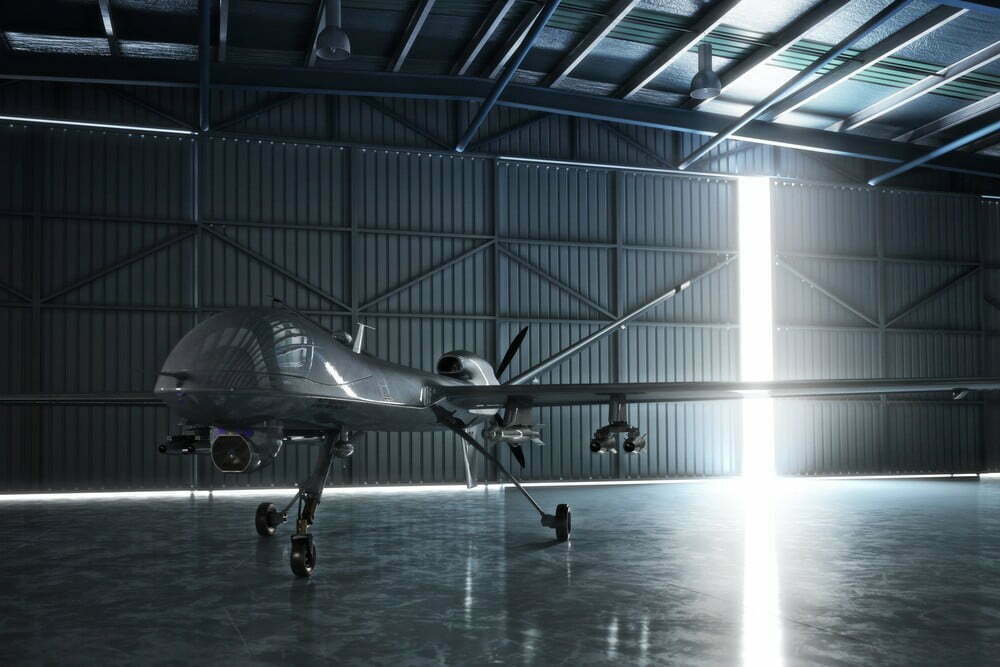
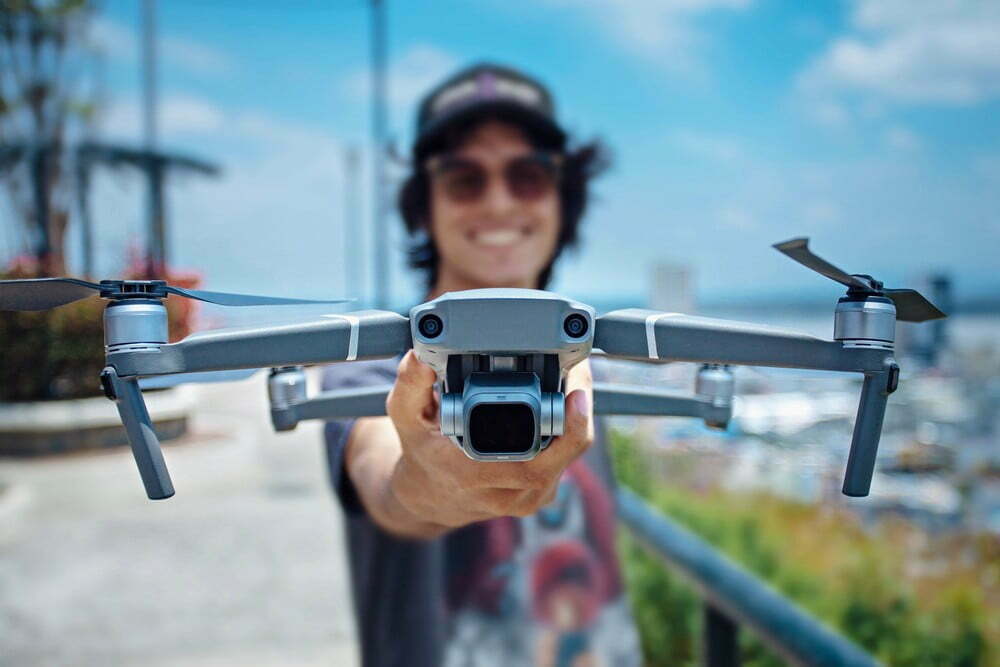
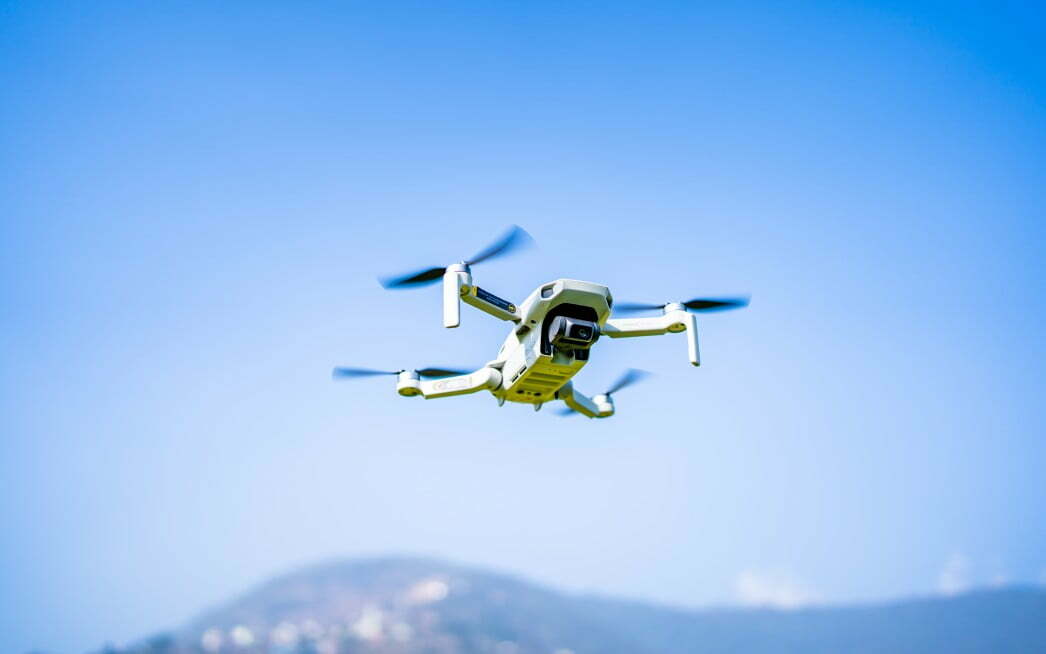
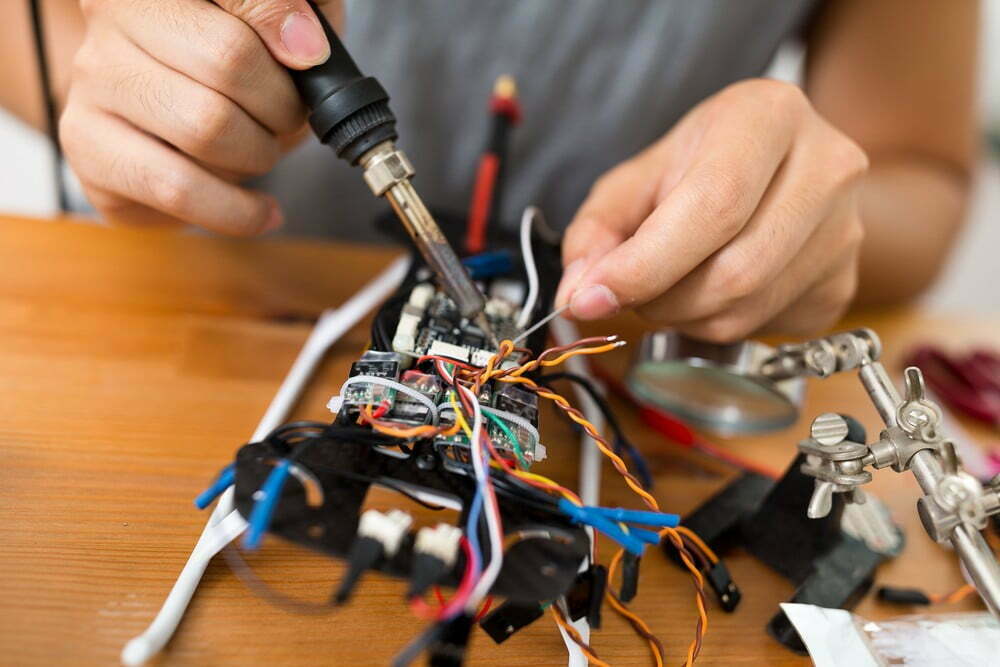
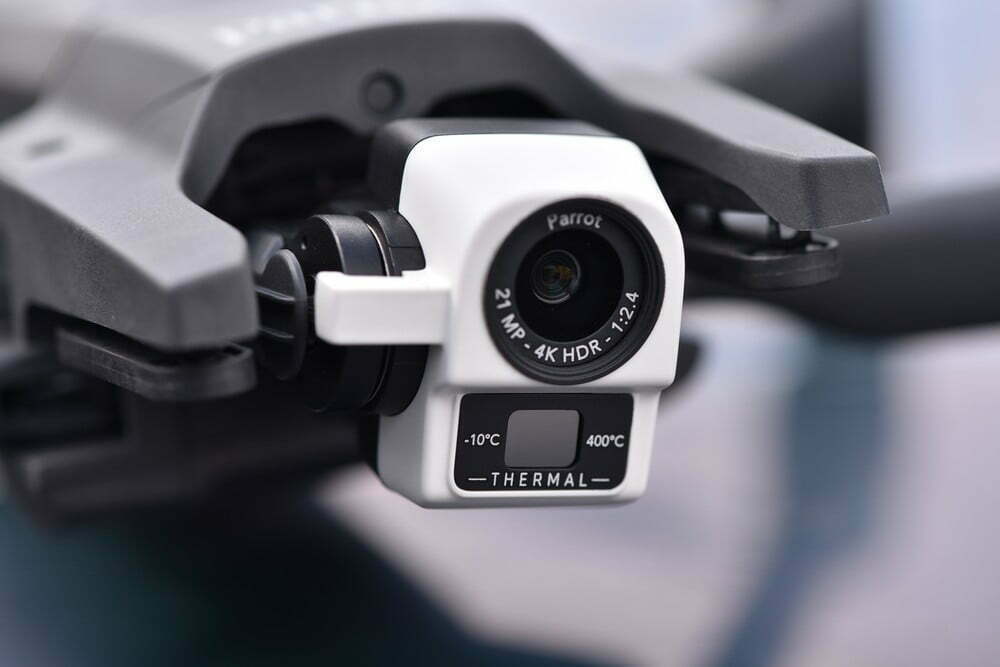
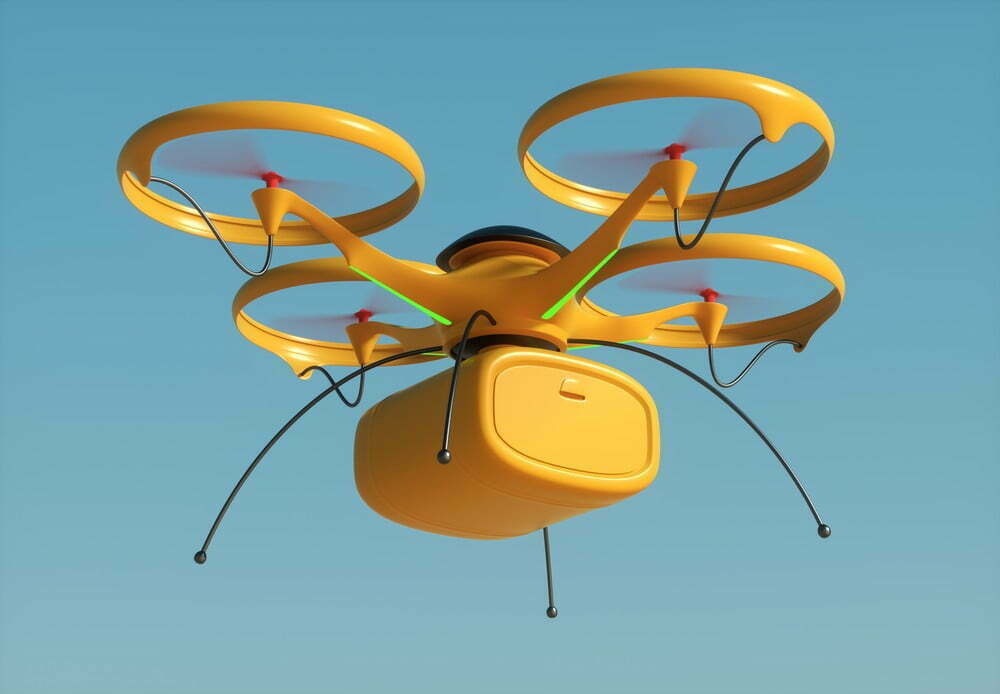
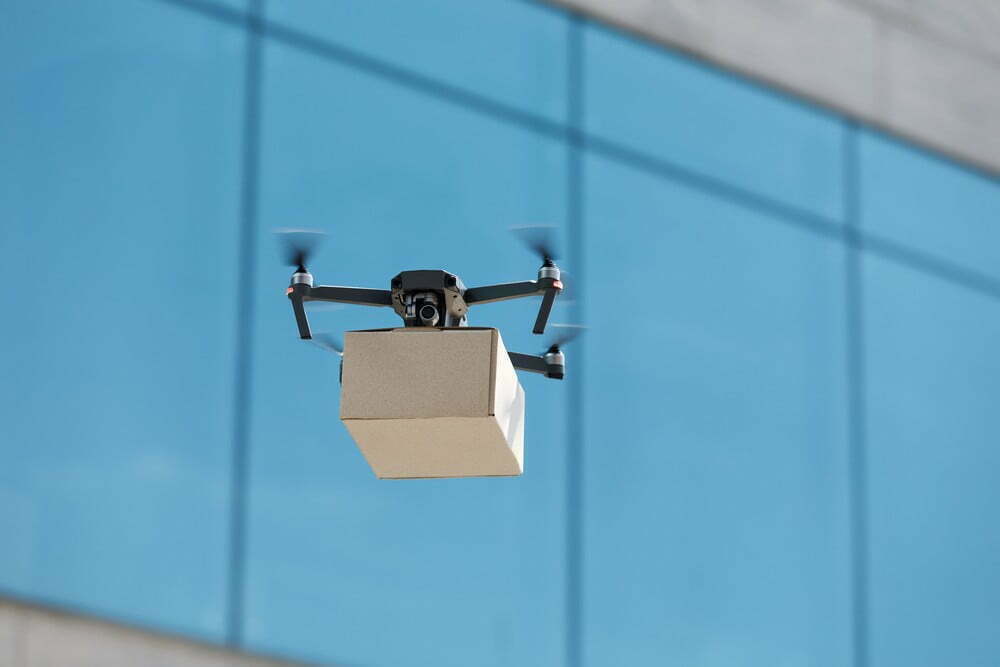
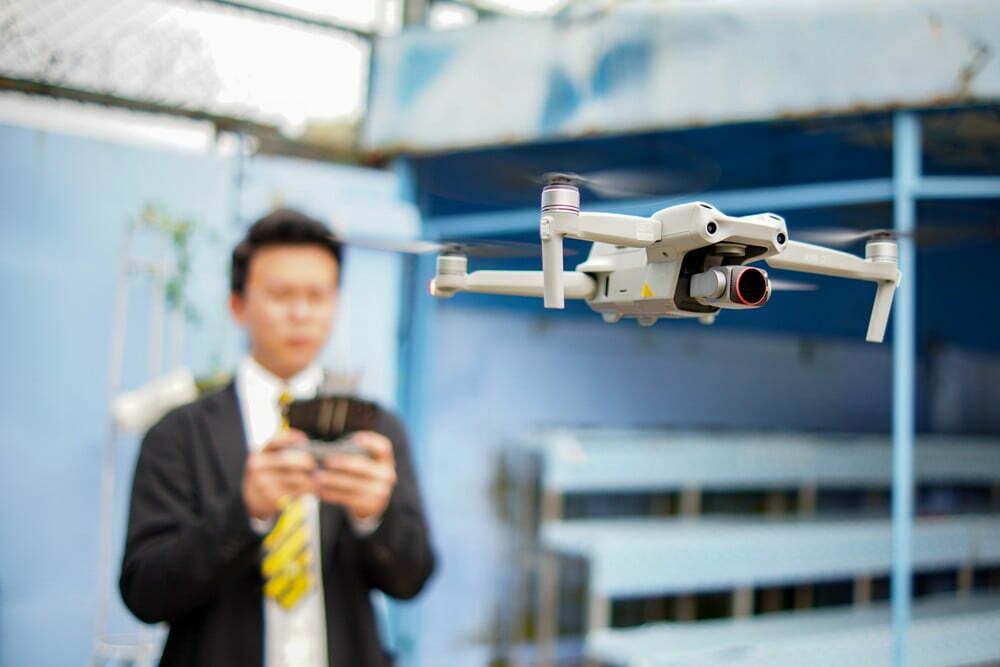
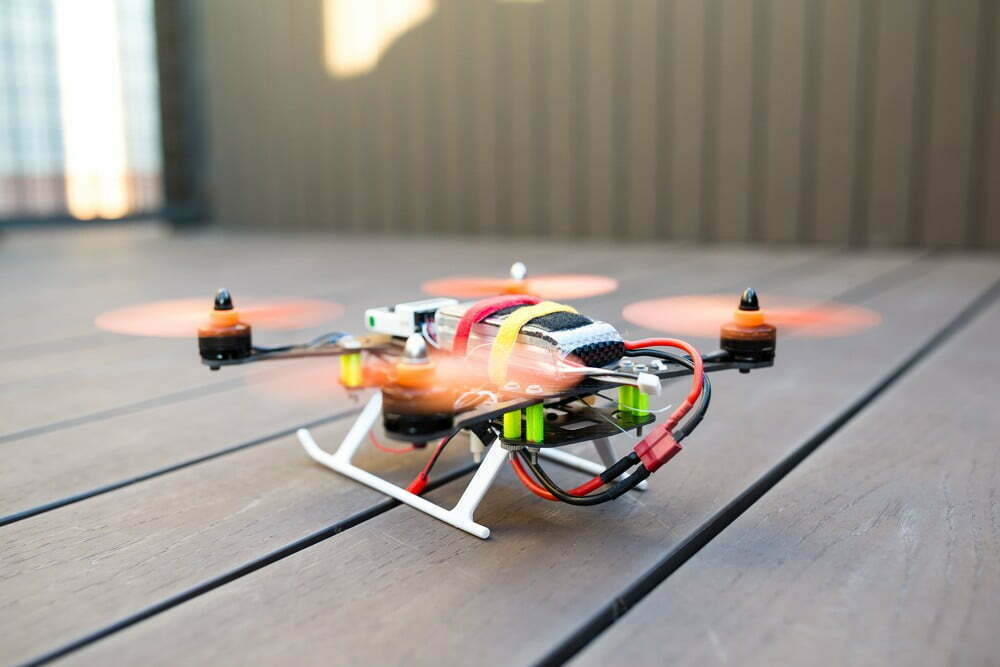
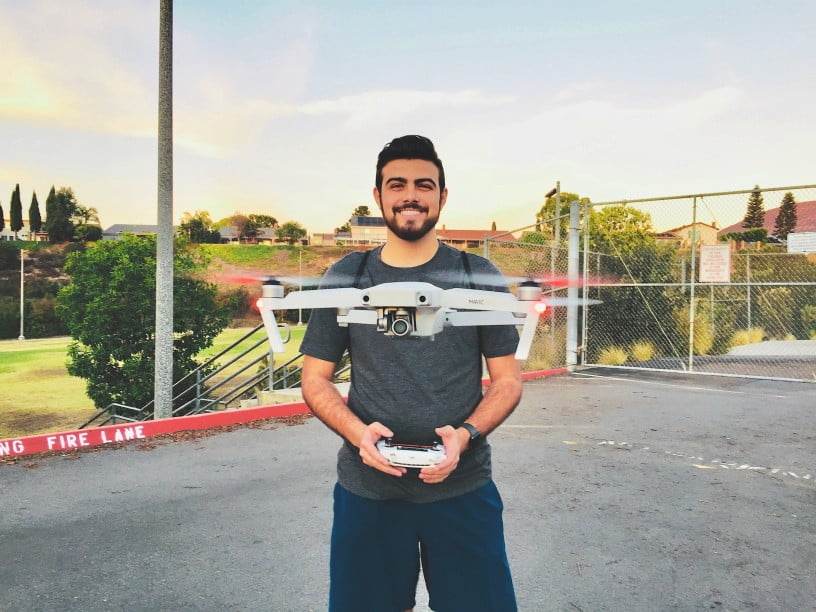
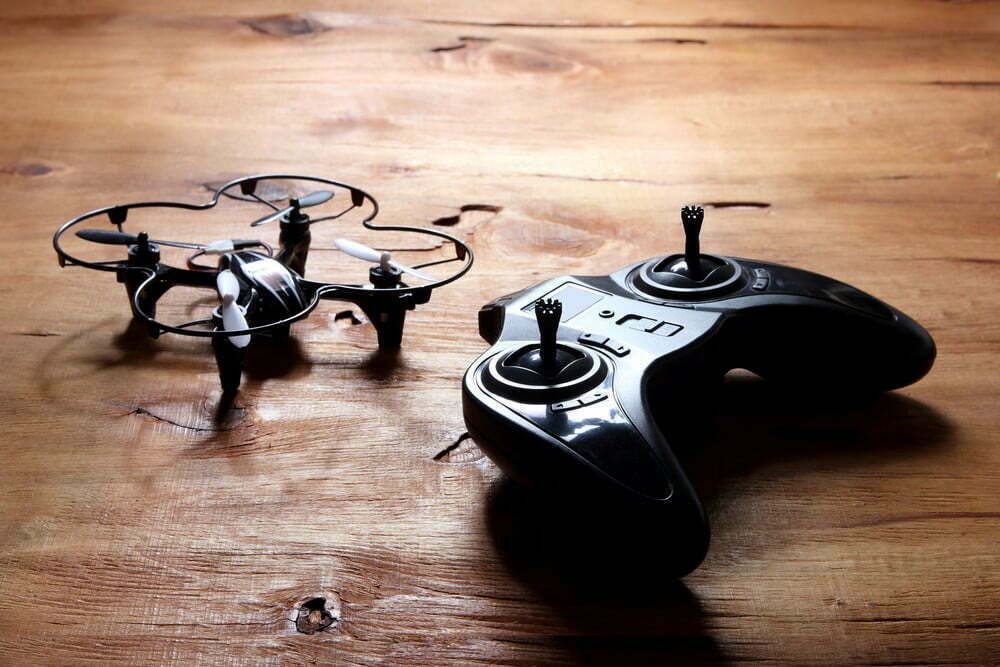

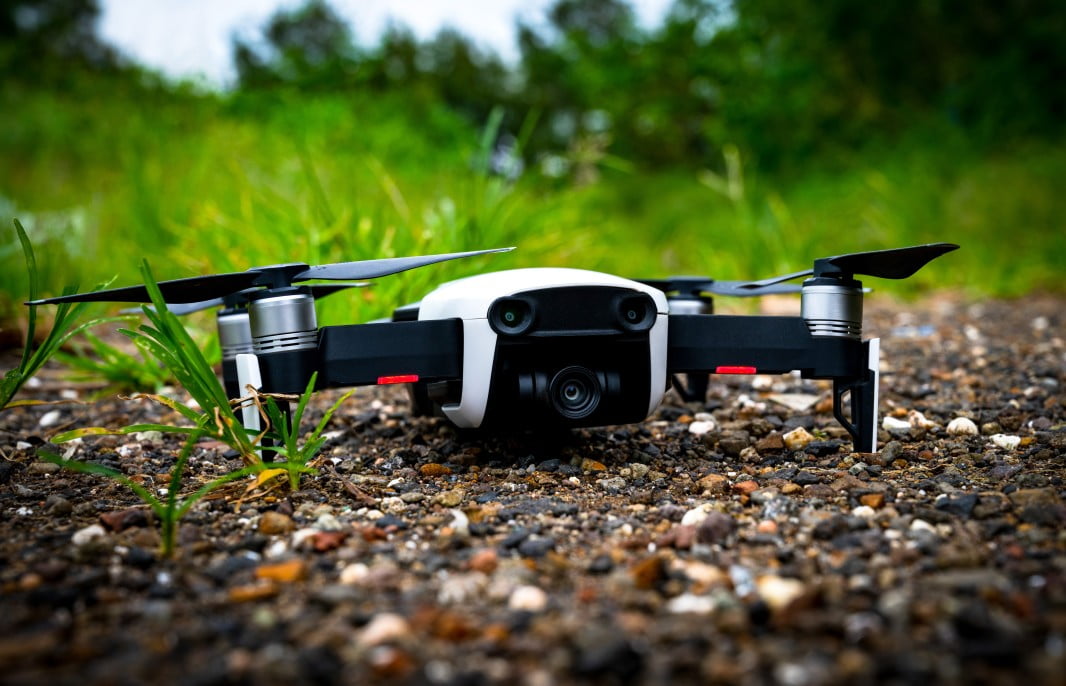
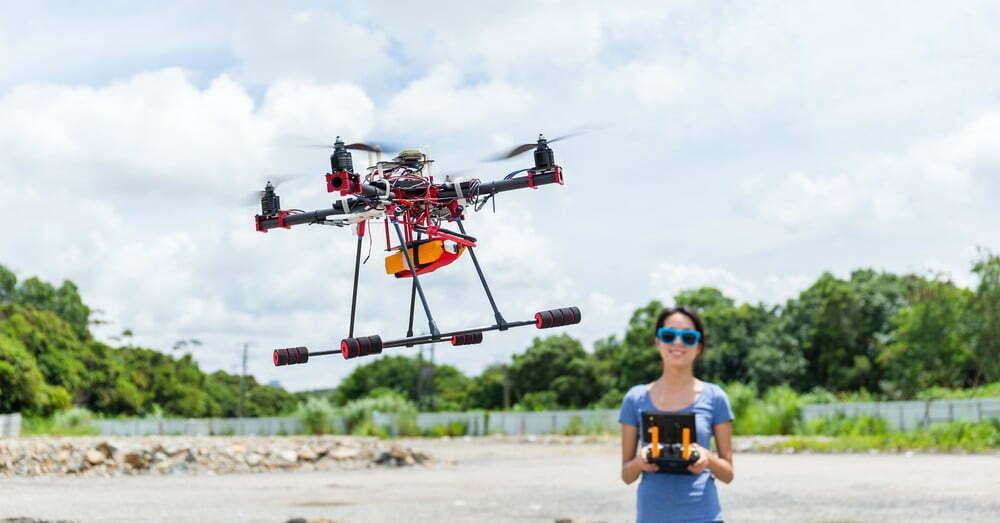
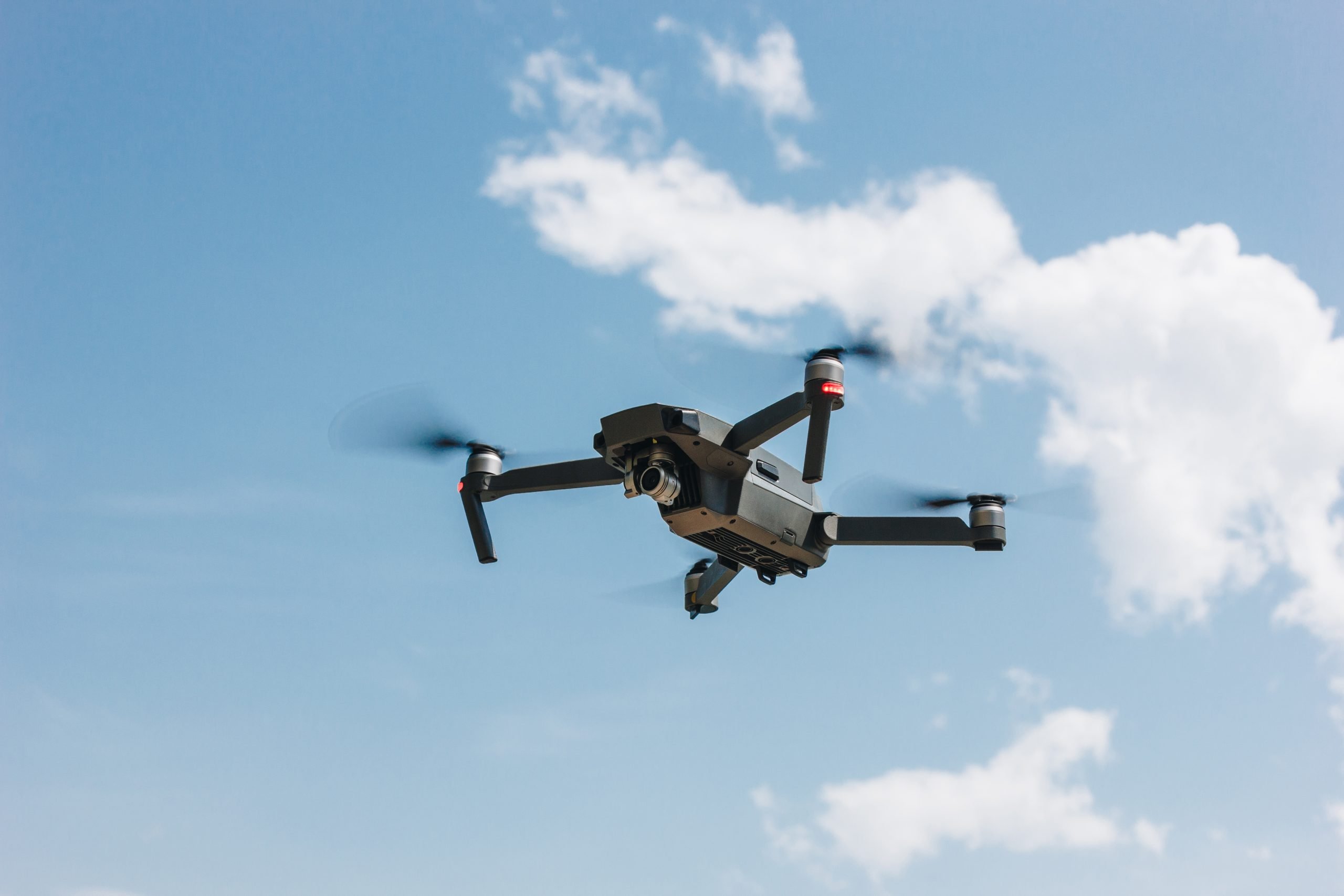
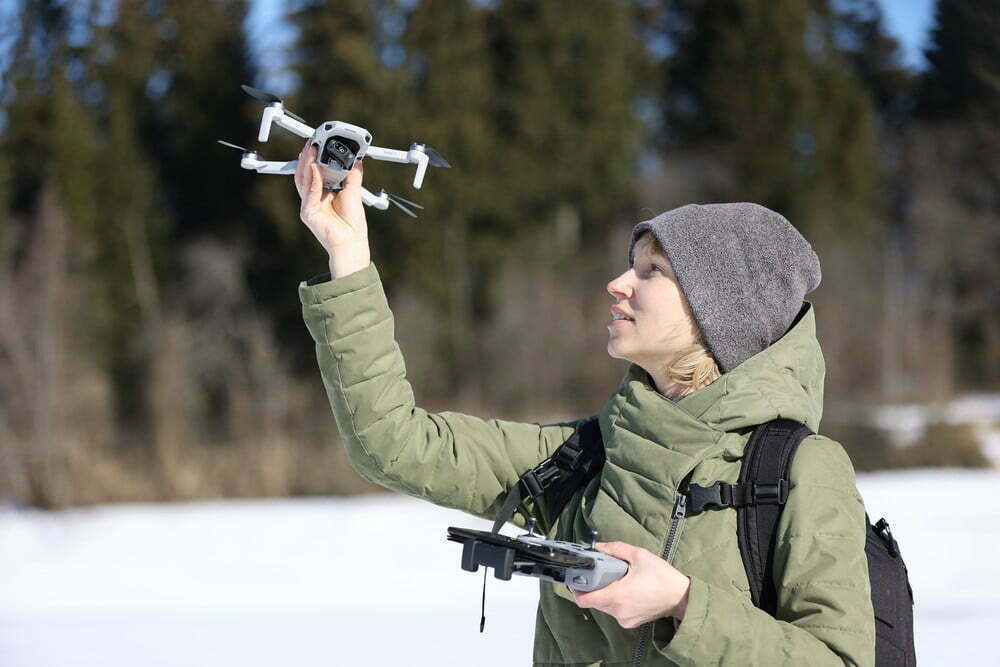
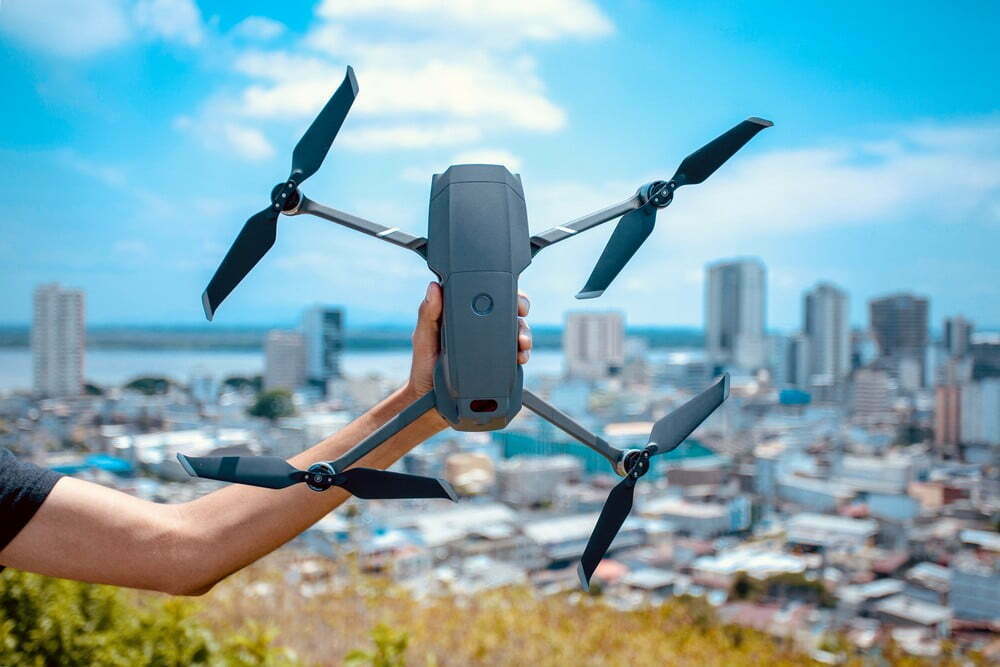
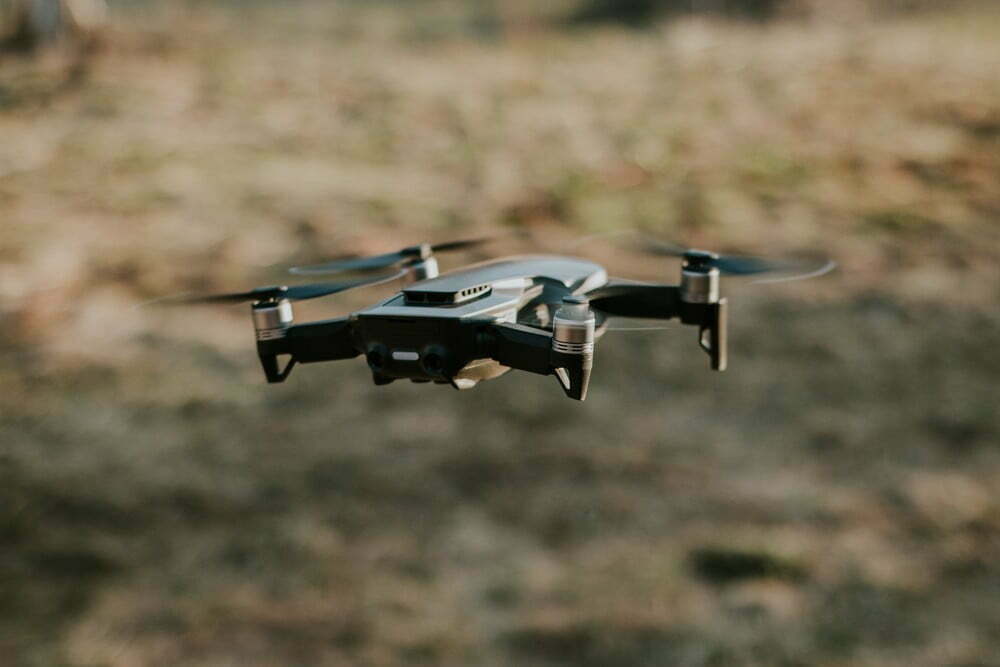
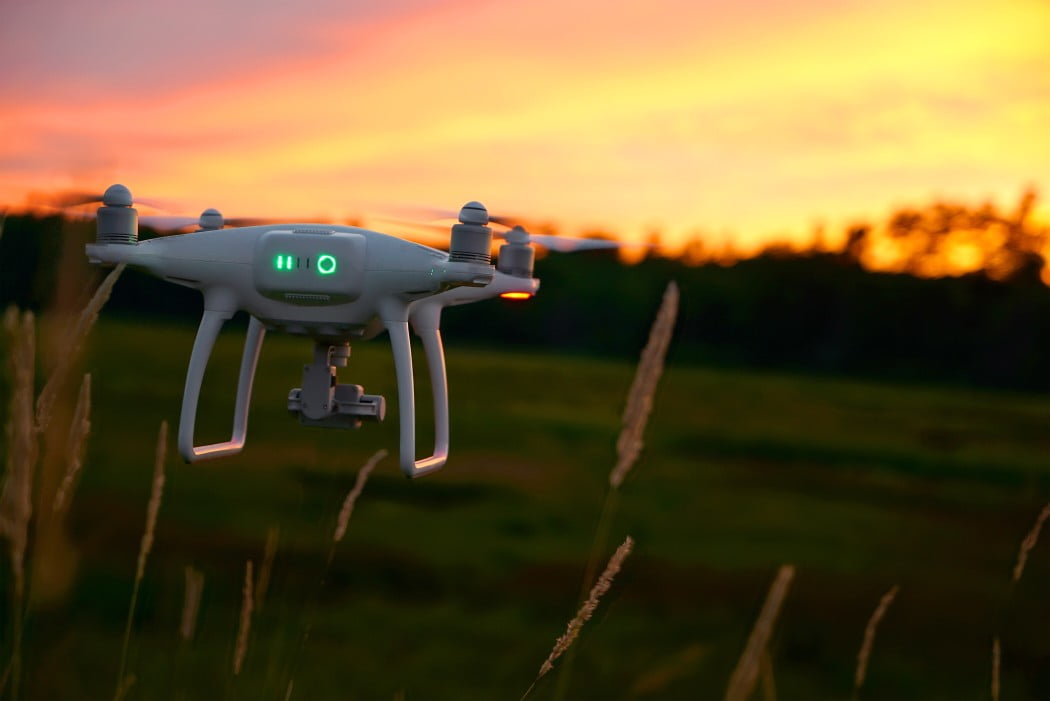
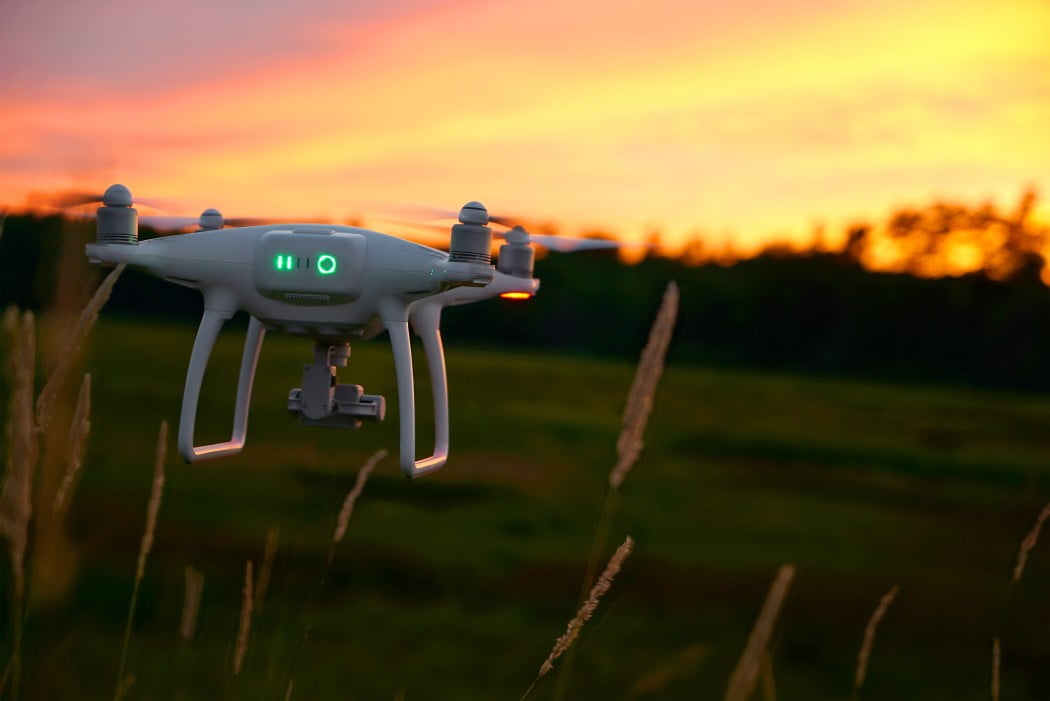
![Best Drones Under the Cost of Ferrari in [year] 26 Best Drones Under the Cost of Ferrari in 2025](https://www.gadgetreview.dev/wp-content/uploads/image-test-3.jpg)
![10 Best Fixed Wing Drones in [year] 27 10 Best Fixed Wing Drones in 2025](https://www.gadgetreview.dev/wp-content/uploads/Best-Fixed-Wing-Drone.jpg)
![10 Best Follow Me Drones in [year] 28 10 Best Follow Me Drones in 2025](https://www.gadgetreview.dev/wp-content/uploads/Best-Follow-Me-Drone.jpg)
![10 Best Foldable Drones in [year] 29 10 Best Foldable Drones in 2025](https://www.gadgetreview.dev/wp-content/uploads/best-foldable-drones.jpg)
![10 Best Drones for Travelling in [year] 30 10 Best Drones for Travelling in 2025](https://www.gadgetreview.dev/wp-content/uploads/best-drones-for-travelling.jpg)
![10 Best VR Drones in [year] 31 10 Best VR Drones in 2025](https://www.gadgetreview.dev/wp-content/uploads/Best-VR-Drone.jpg)
![10 Best Drones for Beginners in [year] 32 10 Best Drones for Beginners in 2025](https://www.gadgetreview.dev/wp-content/uploads/Best-Drones-for-Beginners.png)
![10 Best Indoor Drones in [year] 33 10 Best Indoor Drones in 2025](https://www.gadgetreview.dev/wp-content/uploads/Best-Indoor-Drone.jpeg)
![10 Best FPV Racing Drones in [year] 34 10 Best FPV Racing Drones in 2025](https://www.gadgetreview.dev/wp-content/uploads/Best-FPV-Racing-Drone-scaled-1.jpg)
![10 Best Selfie Drones in [year] 35 10 Best Selfie Drones in 2025](https://www.gadgetreview.dev/wp-content/uploads/Best-Selfie-Drones.jpg)
![10 Best Drones for GoPro in [year] 36 10 Best Drones for GoPro in 2025](https://www.gadgetreview.dev/wp-content/uploads/Best-Drone-for-GoPro-scaled-1.jpg)
![10 Best Drones for Kids in [year] 37 10 Best Drones for Kids in 2025](https://www.gadgetreview.dev/wp-content/uploads/Best-Drone-for-Kids-scaled-1.jpg)
![10 Best Professional Drones in [year] 38 10 Best Professional Drones in 2025](https://www.gadgetreview.dev/wp-content/uploads/Best-Professional-Drone.jpg)

